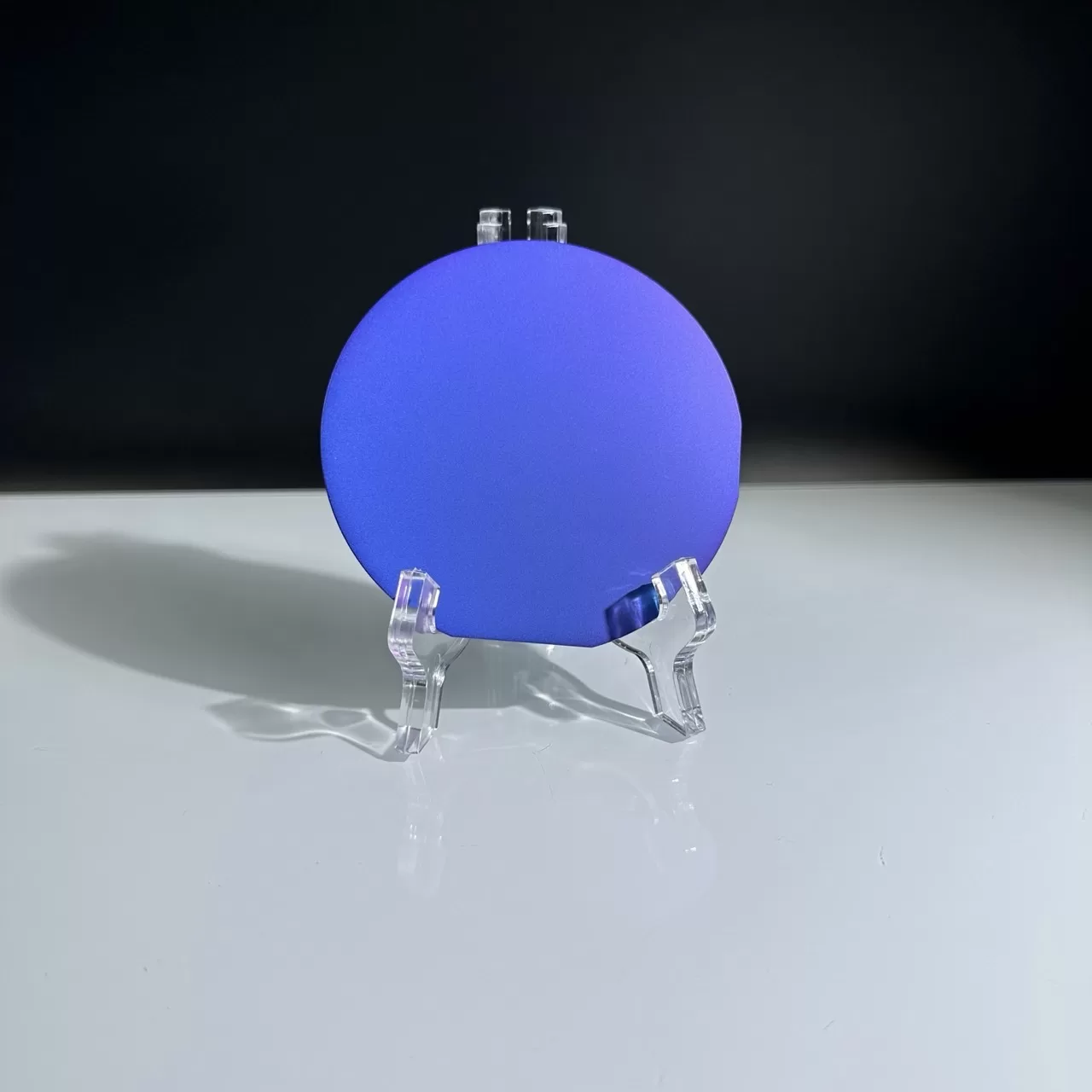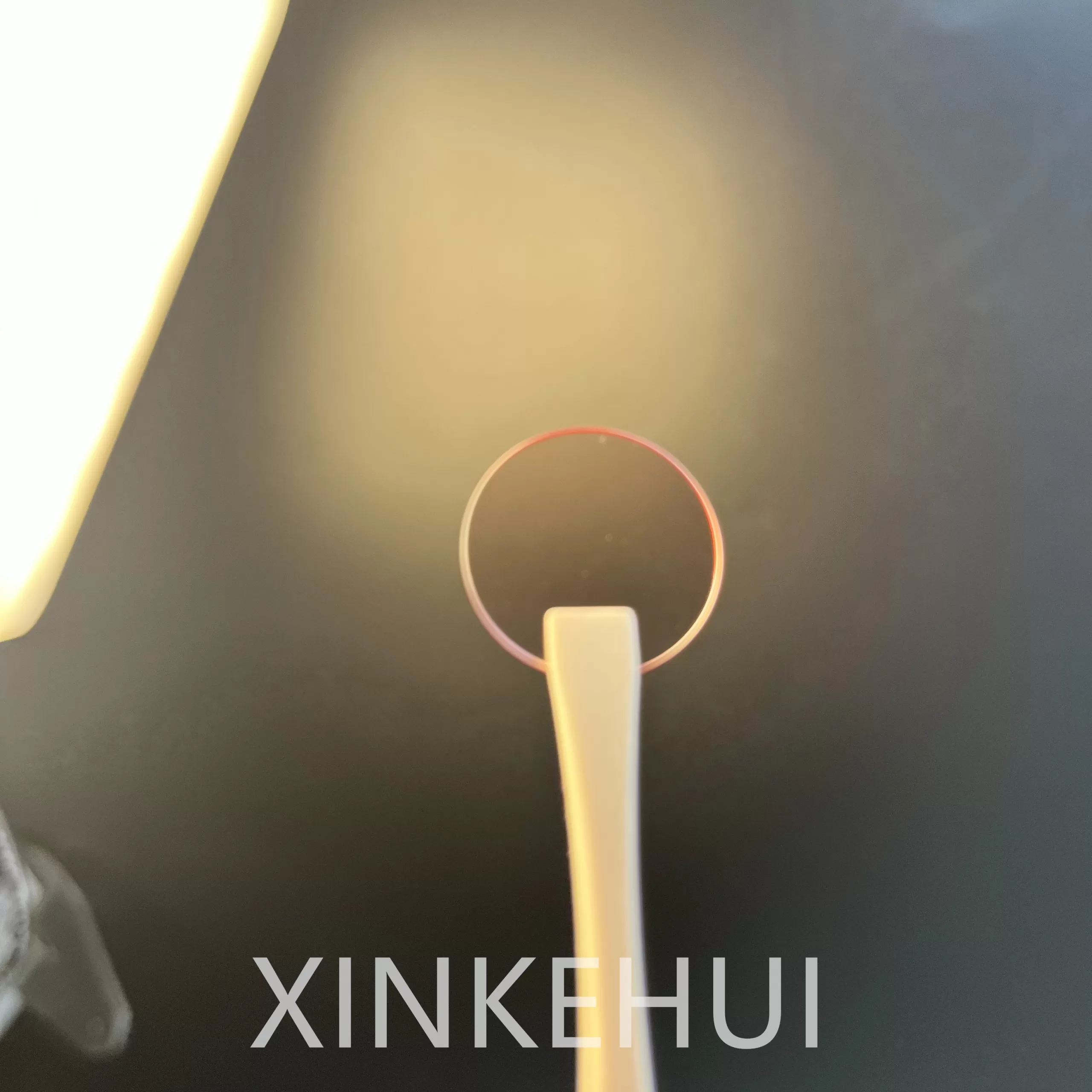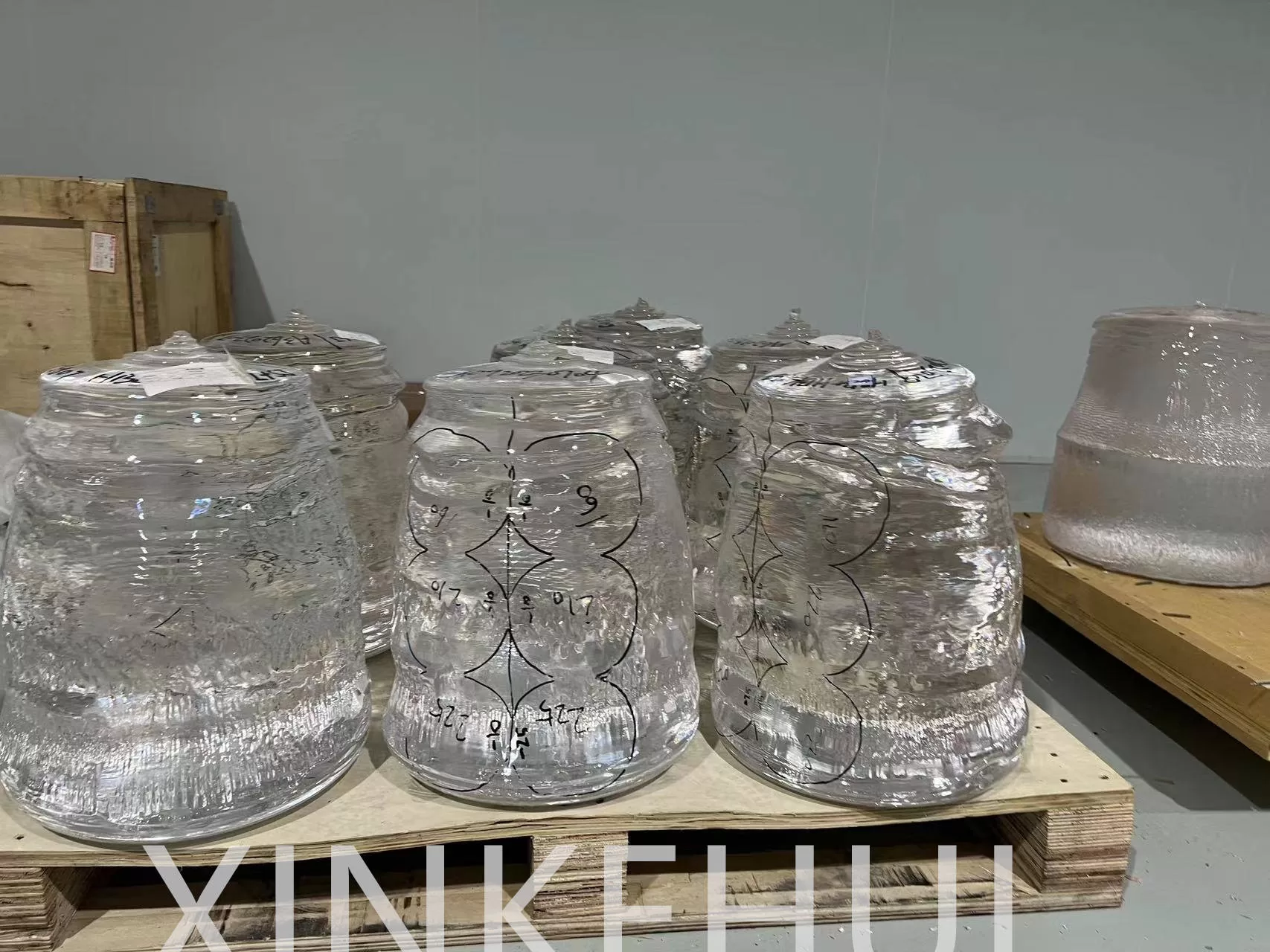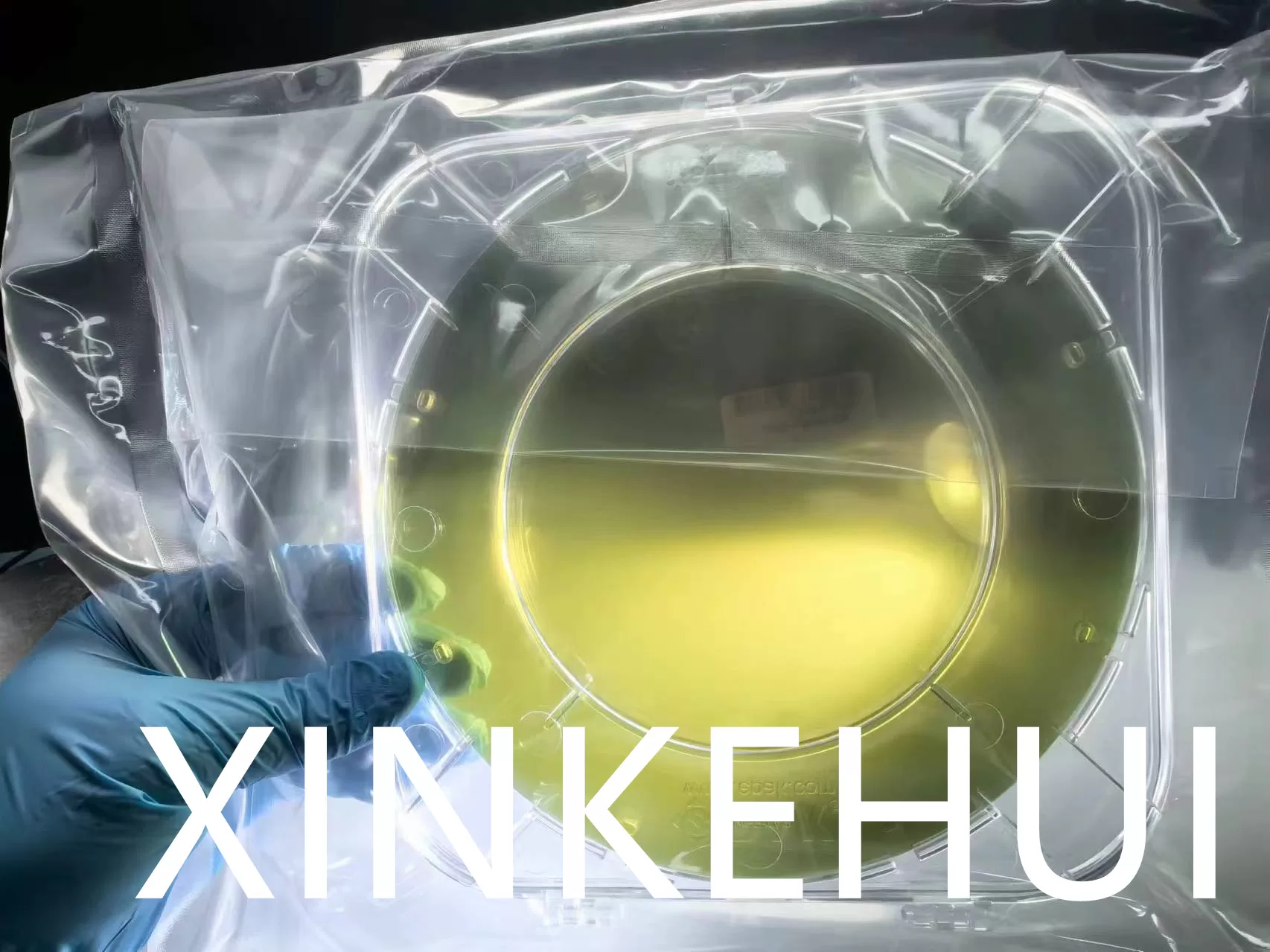Focus on the field of new material !
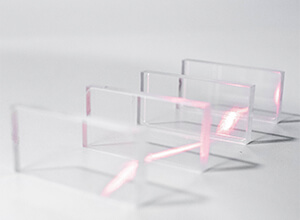
Sapphire optical lenses represent the pinnacle of optical engineering, embodying a synthesis of cutting-edge technology and the remarkable properties of synthetic sapphire. Renowned for its hardness, transparency, and versatility, sapphire has become the material of choice for demanding optical applications across various industries. This product introduction explores the features, applications, manufacturing processes, and unique characteristics that make sapphire optical lenses a cornerstone in the world of optics.
Sapphire optical lens windows are distinguished by a set of key features that position them at the forefront of optical technology. Crafted from synthetic sapphire, these windows showcase unparalleled clarity, durability, and versatility. This overview delves into the essential features that define sapphire optical lens windows and make them indispensable in a variety of applications.
Exceptional Hardness: At the core of sapphire optical lens windows is their exceptional hardness. With a Mohs hardness rating of 9, second only to diamond, sapphire ensures resistance to scratches and abrasions. This feature is instrumental in maintaining optical clarity over extended periods, making sapphire lens windows ideal for applications requiring enduring visual precision.
Outstanding Transparency: Sapphire’s exceptional transparency across the visible and infrared spectra sets these lens windows apart. Their ability to efficiently transmit light without introducing distortion or dispersion makes them invaluable in optical systems where maintaining the integrity of transmitted light is critical. This feature is particularly advantageous in laser systems, imaging devices, and various optical sensors.
High-Temperature Resistance: Sapphire optical lens windows exhibit impressive resistance to high temperatures. This property makes them well-suited for applications in environments with elevated temperatures, such as industrial processes, aerospace technologies, and scientific experiments involving heat-intensive conditions.
Chemical Stability and Corrosion Resistance: The chemical stability of sapphire contributes to its resilience in diverse environments. These lens windows showcase resistance to corrosion from acids, alkalis, and solvents. This chemical durability enhances the longevity of the windows, ensuring consistent optical performance even in challenging surroundings.
Electrical Insulation: Sapphire is an excellent electrical insulator, adding to its versatility in electronic and optical sensor applications. The electrical insulation properties make sapphire lens windows suitable for applications where electrical interference must be minimized or eliminated.
Versatility in Applications: Sapphire optical lens windows find applications across a spectrum of industries. In laser technology, they contribute to the precision and efficiency of laser systems. In aerospace, these windows are utilized for optical clarity in harsh conditions. Medical devices, cameras, and optical sensors benefit from the scratch-resistant and clear properties of sapphire lens windows.
Precision Manufacturing: The manufacturing process of sapphire optical lens windows involves precise techniques to harness the unique properties of sapphire. Methods such as single-crystal growth, precision cutting, and meticulous polishing ensure the creation of defect-free windows with optimal optical clarity.
Enhanced Surface Finish: Advanced manufacturing techniques, including diamond turning and chemical mechanical polishing, contribute to an enhanced surface finish. This results in windows with exceptional smoothness, minimizing scattering and optimizing optical performance.
Customization with Coatings: Sapphire optical lens windows can be customized further through the application of coatings. Anti-reflective coatings, for instance, can be employed to reduce glare and enhance light transmission, tailoring the windows to specific application requirements.
Future Advancements: Ongoing research and advancements in sapphire optical technology continue to push the boundaries. Researchers explore innovations in crystal growth techniques, coatings, and manufacturing processes to further enhance the performance and expand the applications of sapphire lens windows.
In conclusion, sapphire optical lens windows embody a fusion of hardness, transparency, and resilience. Their key features make them indispensable in various industries where optical precision is paramount. As technology advances, these windows are poised to play an increasingly pivotal role in shaping the future of optical systems and applications.
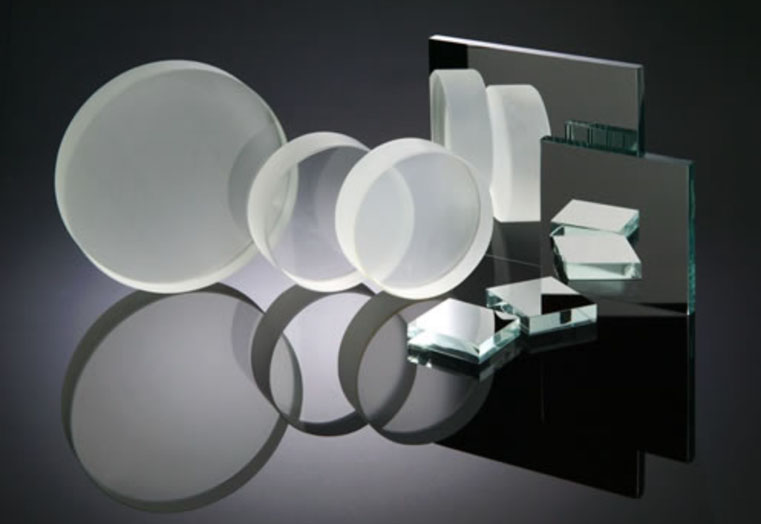
Sapphire optical lens windows, with their exceptional optical properties and durability, find a multitude of applications across diverse industries. From laser systems to medical devices, these windows play a pivotal role in facilitating optical precision and clarity. This comprehensive exploration delves into the varied applications where sapphire optical lens windows shine, showcasing their versatility and reliability.
In conclusion, the applications of sapphire optical lens windows are vast and varied, spanning industries that require optical precision, durability, and reliability. As technology advances, the versatility of these windows continues to grow, paving the way for new and innovative applications in optics and beyond.
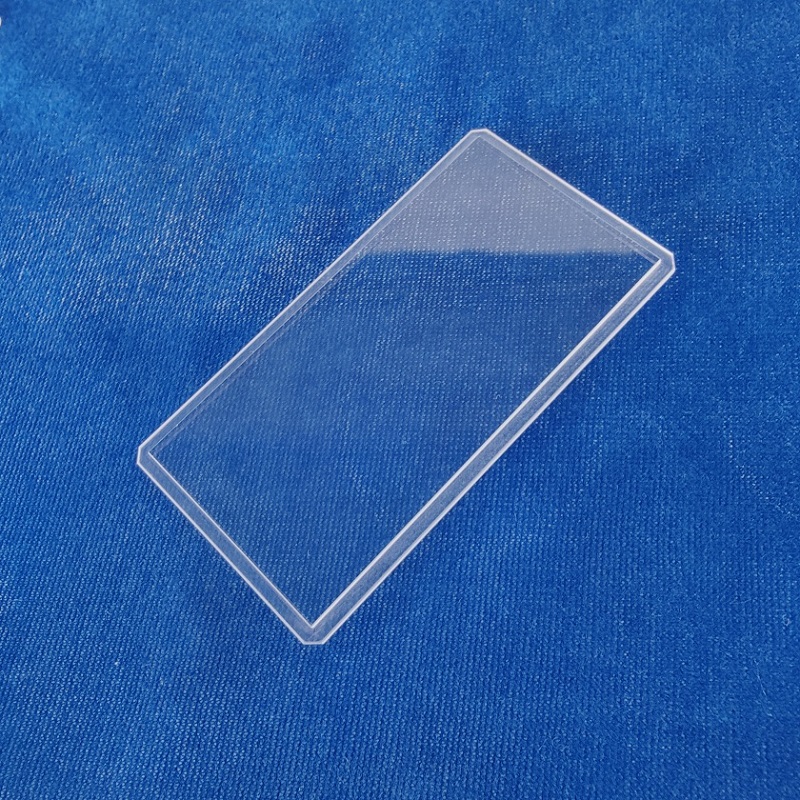
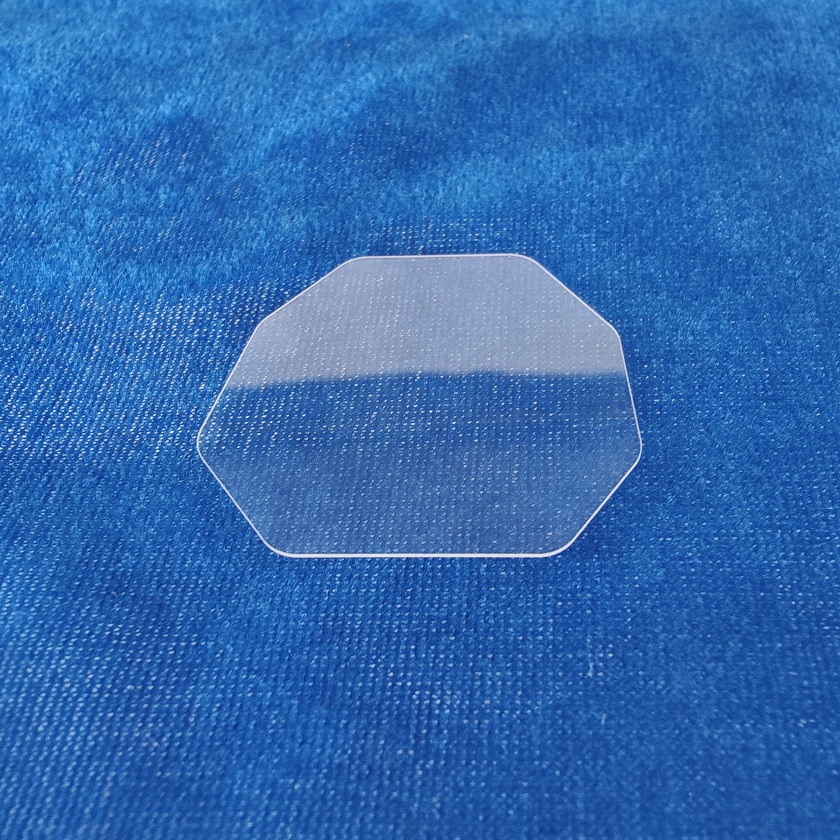
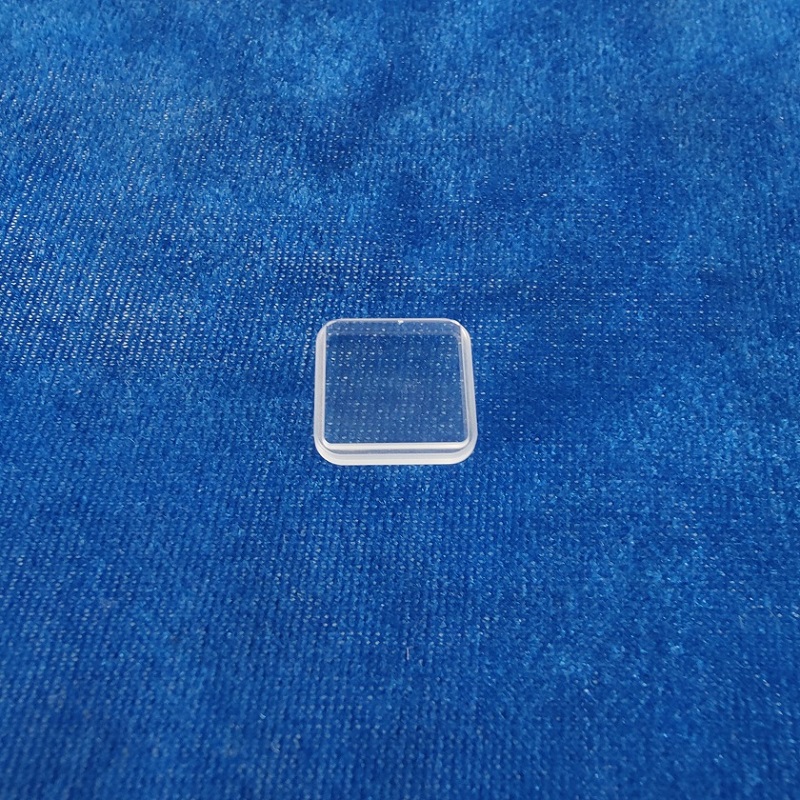
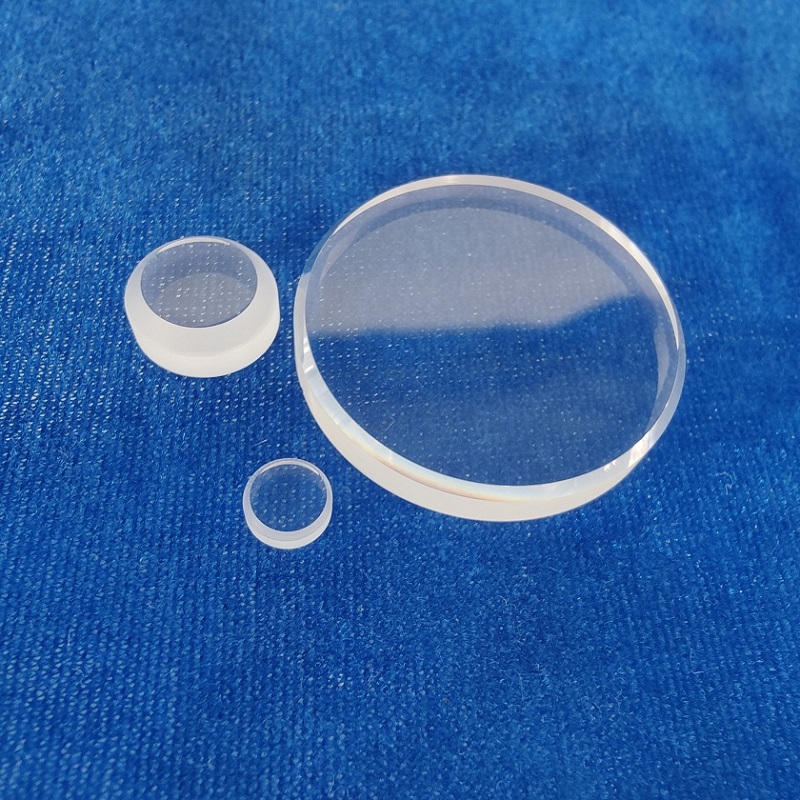
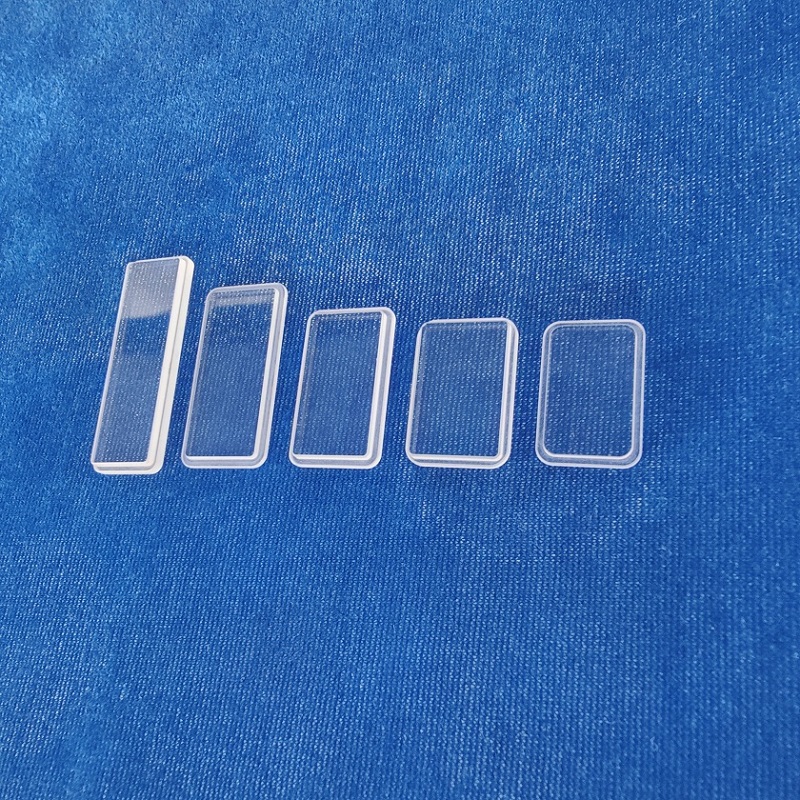
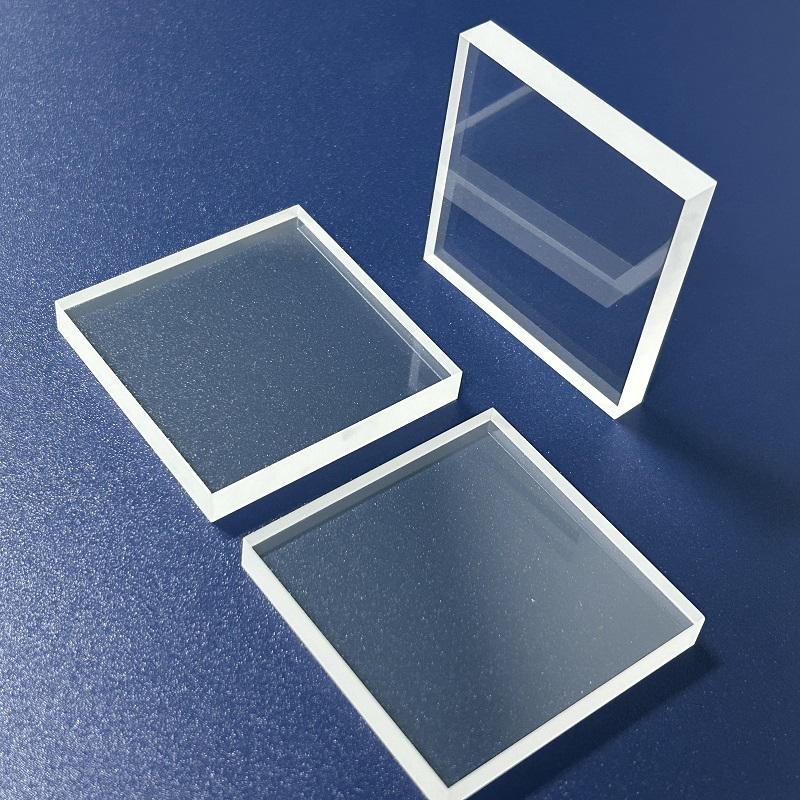
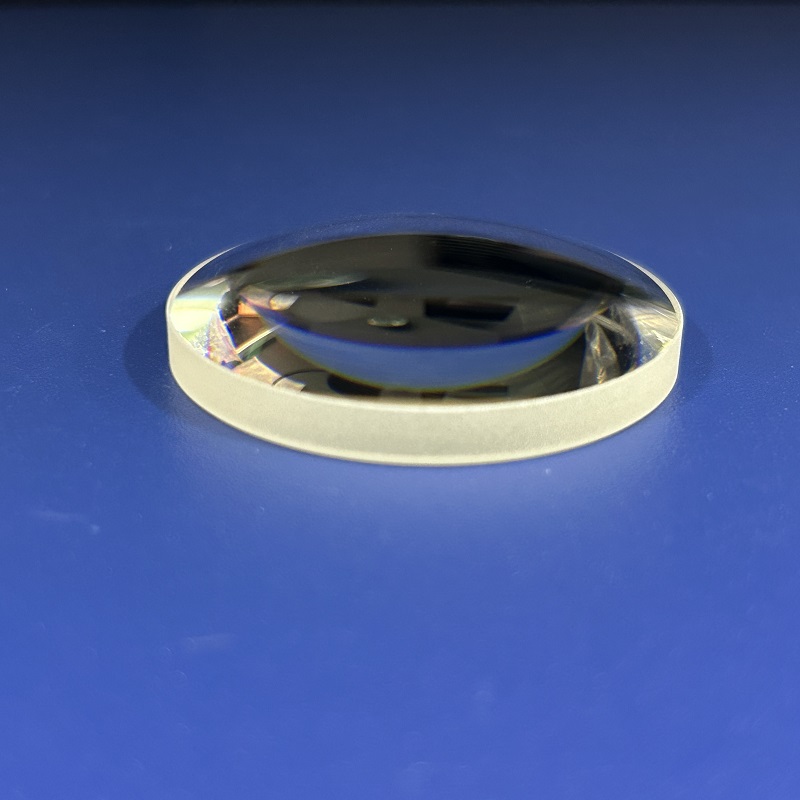
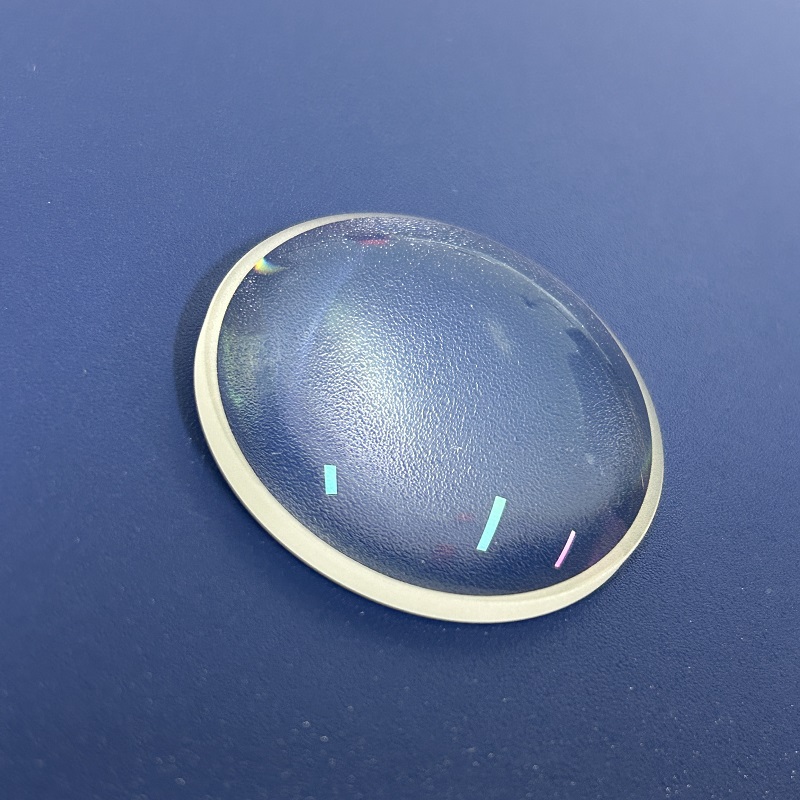
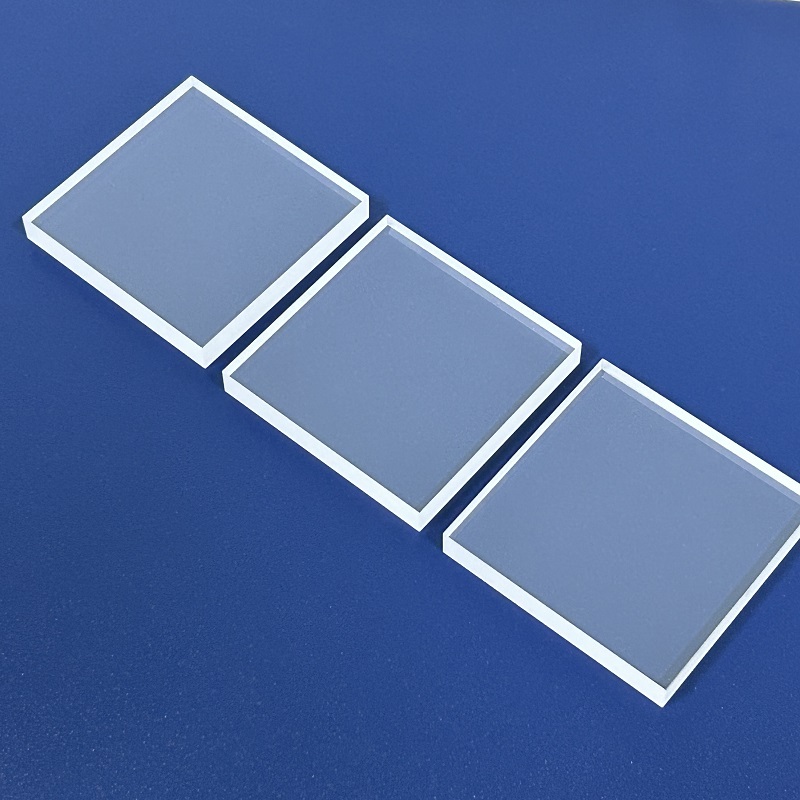
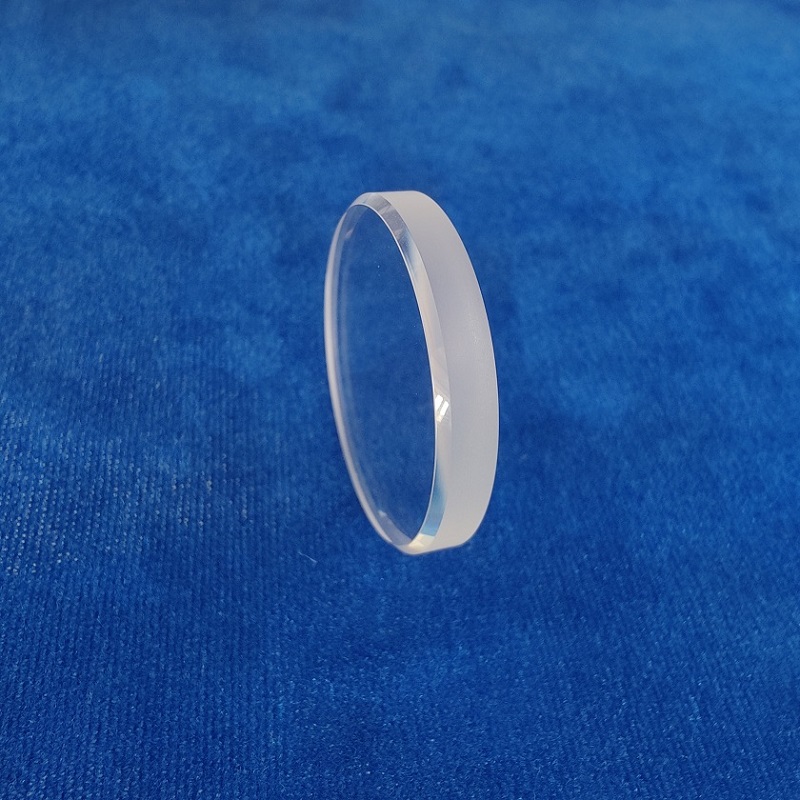
| Available orientations: | C-axis [0001], R-axis [1-102], A-axis [11-20], M-axis [10-10], Random |
| Sapphire windows / blanks | |
| Diameter / Width: | 25.0 – 250.0 mm |
| Tolerance: | Standard ± 2°, Special to ± 0.1° |
| Thickness: | Minimum 0.15, maximum 120.0 mm |
| Surface finish: | As cut, fine ground, lapped, polished s/d 80/50, 60/40, 40/20, 20/10, 10/5, according to the MIL-0-13830A |
| Ends / Edge quality: | Fine ground, 80/50 |
| “As-grown” sapphire tubes: | |
| Dimensions | Up to 50 mm inner diameter, 0,5 – 4,0 mm wall thickness, 300-600 mm tubes length |
| Orientation | C-axis in the length of the tube |
| Polished sapphire tubes: | Up to 50 mm inside diameter, 0,5 – 3,0 mm wall thickness, 80-350 mm tubes length |
| Ingots: | Diameter/Width 5-220 mm, Thickness/Length 25 – 125 mm |
| Surface quality | As-cut, Ends/Edge Quality Diamond cut |
Sapphire is an extremely durable and scratch resistant substrate which creates a rugged optical lens that can stand up to very harsh environments. Sapphire lenses will add to the long lasting value of your project or product. Perhaps you are constantly replacing your product’s glass lenses due to damage.
Sapphire lenses have excellent mechanical strength and hardness. With sapphire having superb thermal and chemical resistance and being scratch resistant, sapphire is a perfect choice for lens applications.
Synthetic sapphire. A duplication of natural sapphire chemically, physically and optically, but without nature’s contaminants or inclusions. Water clear. A triagonal, (hexagonal) crystal system.
Sapphire watch case: Crafted from synthetic sapphire, our cases offer unparalleled durability and scratch resistance. Enhance your timepiece with clarity and elegance. Perfect for luxury watches.
Sapphire tubes: Precision-engineered from synthetic sapphire, our tubes exhibit exceptional hardness and clarity. Ideal for high-temperature and corrosive environments, offering durability and optical excellence in various applications.
